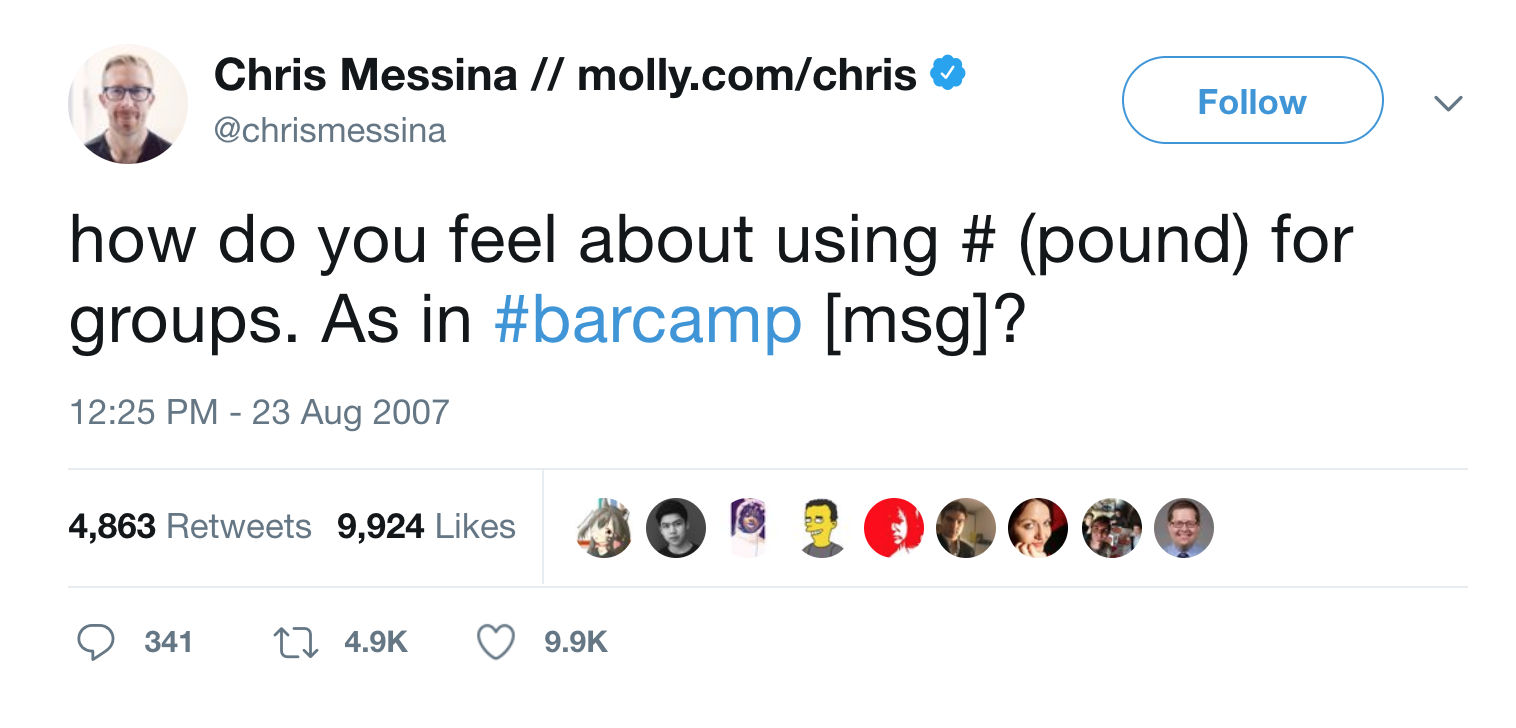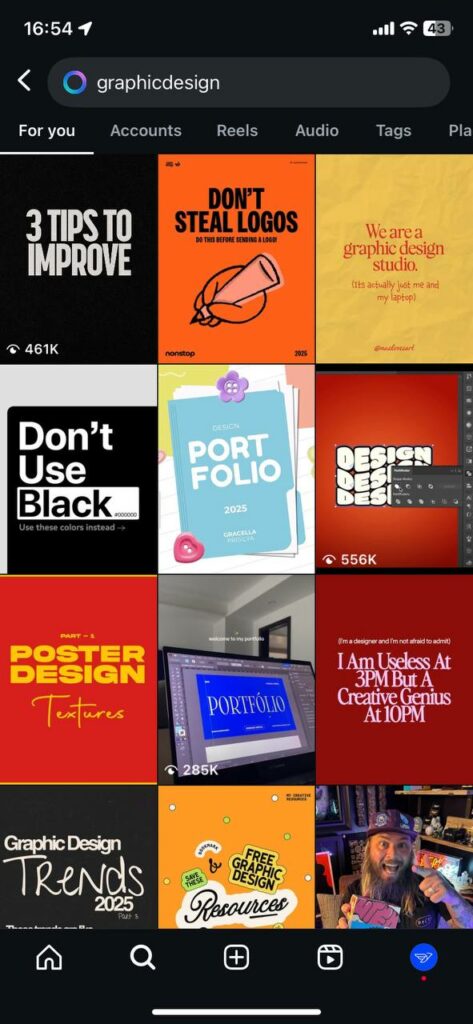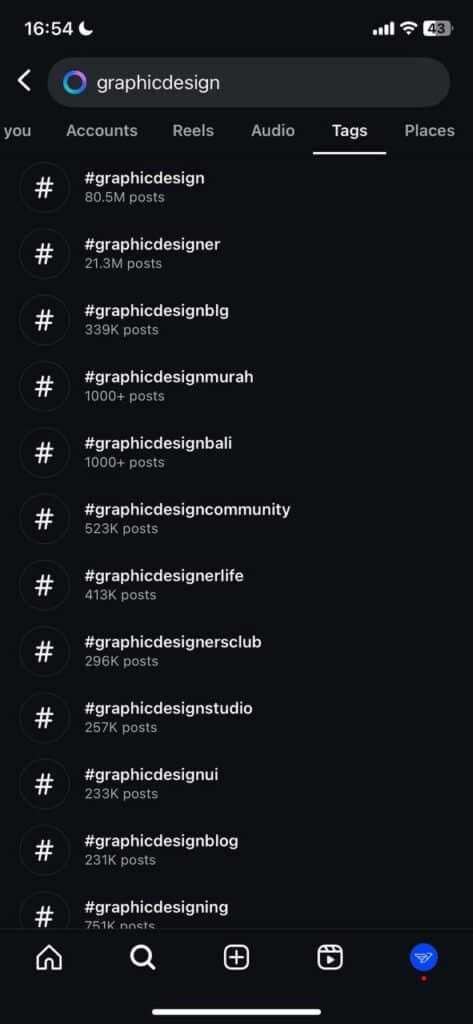Updated on 05/12/2025
The hashtag, now over 17 years old, has evolved from a simple symbol to a cornerstone of social media culture. It’s nearly impossible to scroll through Twitter, Instagram, or any other major platform without encountering hashtags. While their origins trace back to IRC (Internet Relay Chat) in the late 1990s, where they were used to categorize groups, it wasn’t until 2007 that the hashtag became a mainstream trend. Chris Messina’s tweet proposing the use of the pound sign for grouping content sparked a movement that changed how we share and discover information online.

As hashtags gained popularity, social platforms quickly adopted them, integrating them into their content discovery and categorization systems. What started as an organizational tool soon turned into a powerful marketing asset for brands, businesses, and influencers. Their simplicity and searchability made them an integral part of social media, amplifying brand presence and reach. (If you’re interested, you can view a more detailed reflection on the history of the hashtag here.)
Instagram, in particular, embraced hashtags early on, enabling users to tag and discover content. However, as of December 13, 2024, Instagram removed the ability to follow hashtags. This change was part of a broader shift towards algorithm-driven content discovery, as the platform moved away from a reliance on hashtags for content recommendations. Users can still search for and use hashtags in their posts. This change aligns with Instagram’s focus on content relevance and user engagement, prioritizing posts that resonate with individual interests rather than simply following a hashtag.
While hashtags remain useful for categorizing content and helping users find related posts, Instagram’s algorithm now places greater importance on content quality and engagement over hashtag usage. The shift reflects a move towards a more personalized, AI-driven discovery system, where the emphasis is on user behavior and interaction, rather than hashtag aggregation.
In 2025, hashtags are still an essential tool for campaigns and branding, but their role in boosting organic reach has diminished. Brands are now more focused on creating high-quality, engaging content that aligns with platform algorithms, rather than relying heavily on hashtags to drive visibility.
So, why are hashtags so important?
Despite the jokes and memes poking fun at the overuse of hashtags, when strategically used, they remain an essential part of digital marketing. While Instagram’s algorithm now favors content relevance, engagement, and SEO over hashtags, they still serve as useful tools for categorizing content, reaching niche audiences, and amplifying brand presence. Hashtags help users find specific topics and trends, connect with communities, and increase the visibility of campaigns.
While Instagram removed the ability to follow hashtags in 2024, hashtags continue to play a role in organizing content, making it easier for users to search and find posts related to specific topics. Brands can still leverage hashtags to track campaign performance, engage with audiences, and increase brand recognition. By using niche hashtags, businesses can attract followers who are genuinely interested in their products, services, or values, fostering organic connections.
1. Competition
As with any business, it’s important to figure out who your competition is, what they offer, and how they advertise, so you know what makes your business the better choice. You can use Instagram hashtags to research competitor accounts, their top posts, and their most-used hashtags.
For example, let’s say you are a graphic design freelancer aiming to grow your business. You would be able to log in to your Instagram account and go into the search bar to look for your competitors and discover the most used and popular hashtags on the “graphic design” topic. In the below screenshots, you’ll see that under the “For you” category, there will be a list of posts and reels. And to specifically look for graphic design hashtags, you would just click the “Tags” category and view that list.


Learning this information can help you gauge an audience’s response to your competitor’s post(s), giving you the knowledge of what works best and what doesn’t for your own social media marketing.
Additionally, hashtags are constantly changing and evolving. What was once a popular hashtag today, might be outdated tomorrow. Keeping up with the current news and trending hashtags will make your brand look credible and trustworthy.
2. (and 3.) Branding and Visibility
Although these are technically reasons two and three, we grouped them together because most of the reasoning goes hand-in-hand. Creating good visibility will enhance the success of your branding, and vice versa.
Branding and visibility are essentially the most effective uses of hashtags on Instagram. If you’re a new business, you can utilize hashtags to expand your audience and increase brand awareness. When users search your brand, they’ll see the relevant hashtags you’re using; or when they search specific hashtags, they’ll see your branded posts in the results. This usually results in gaining new followers and potential customers.
While the role of hashtags in reaching new audiences has diminished with the rise of AI-driven discovery, a unique and well-chosen branded hashtag still offers opportunities to dominate a specific space. By consistently incorporating your branded hashtag into your posts, you create a lasting association between your brand and that hashtag. This, in turn, reinforces your brand identity and helps build a stronger connection with your audience.
As Instagram’s algorithm continues to evolve, hashtags serve more as a tool for categorization and community engagement than for broad visibility. However, they remain a useful tool for fostering brand recognition and creating a cohesive identity across posts, especially in campaigns or special events.
4. Promotion
Hashtags continue to be an important tool for targeted campaigns, though their role has shifted in 2025. While they no longer have the same viral reach, they still help increase visibility and engagement in specific promotions. Hashtags function like “word-of-mouth” marketing by encouraging followers to share your hashtag, amplifying its reach within their networks. The key is using relevant, niche hashtags that your audience is already following.
For events, hashtags not only connect you with your followers but also foster community engagement. They allow followers to interact with each other and share their experiences, driving engagement before, during, and after the event.
Pairing hashtags with interactive campaigns like giveaways or photo contests is also effective. Encouraging users to share content with your hashtag to win a prize generates engagement and user-generated content, boosting your campaign’s reach and impact.
With Instagram‘s algorithm focusing on engagement, hashtags still play a vital role in promoting authentic interactions and supporting your overall marketing strategy.
5. Activism
Hashtags remain a powerful tool for activism, allowing individuals and organizations to quickly raise awareness, mobilize support, and drive social change. For example, the #MarchForOurLives hashtag helped advocate for school safety and gun control following the Florida shooting, showing how hashtags can amplify movements.
In 2025, many brands are using hashtags to express their stance on social issues, with customers increasingly aligning with businesses that share their values. While some businesses remain neutral, using hashtags to support causes can foster loyalty among like-minded customers. However, it’s important for brands to ensure their support is authentic and consistent with their values.
Hashtags like #BlackLivesMatter and #ClimateAction continue to fuel movements and create meaningful conversations, allowing brands to engage with their audience on important social issues.
BONUS: 6. Localization (on a global scale)
Instagram Stories have made location-based marketing a powerful tool for reaching local audiences. By tagging city neighborhoods or popular areas, you can target local, state, regional, and national markets. This is especially valuable for businesses looking to engage with a specific geographic area.
Using location tags is also an effective way to boost visibility for brick-and-mortar businesses. Instagram’s integration of location tags in Stories, featured in the Explore feed, further enhances local exposure.
In 2025, Instagram continues to prioritize location-based content. Instagram Reels, in particular, is a great way to showcase localized content and trends, driving engagement from both local and global audiences. Similar to TikTok’s focus on localized hashtags, Instagram’s Reels algorithm is designed to promote trending, region-specific content, making it a valuable tool for brands looking to engage with audiences in a targeted way.
Recap
While hashtags have been around for over 17 years, their role in social media is far from over. Despite shifts in Instagram’s algorithm, hashtags remain a crucial tool for categorizing content, building community, and supporting marketing campaigns. Though they no longer drive viral reach the way they once did, hashtags continue to provide visibility and help brands engage with niche audiences.
Whether you’re a new business looking to increase brand awareness, a well-known brand launching a new product, or a brand looking to give back to a political and charitable campaign, hashtags are a surefire way for you to get your voice heard on Instagram, and all social media.



